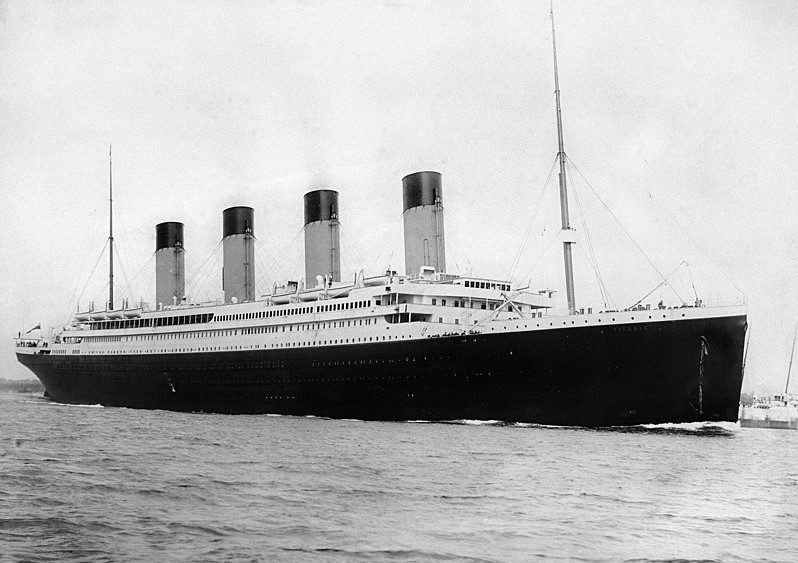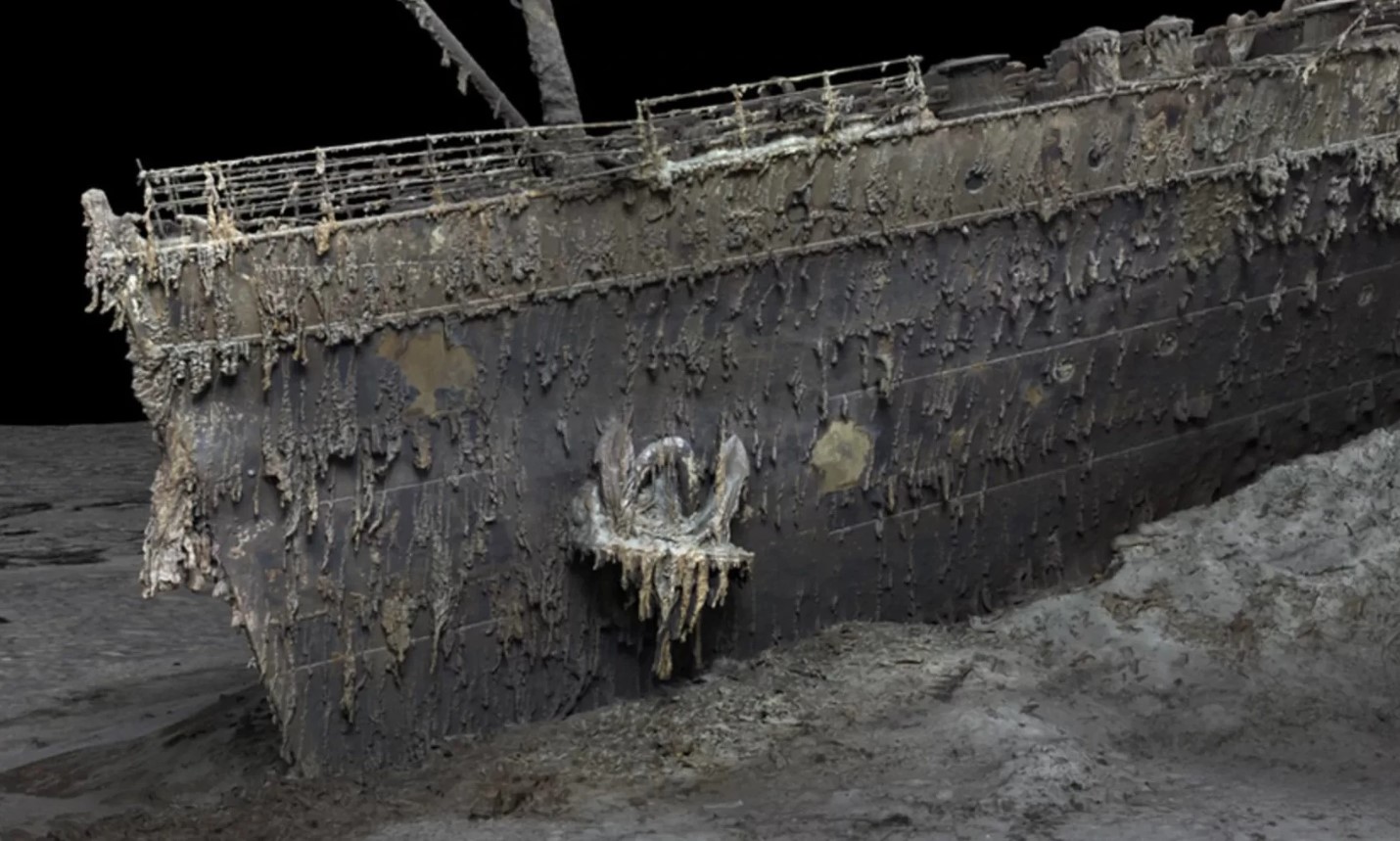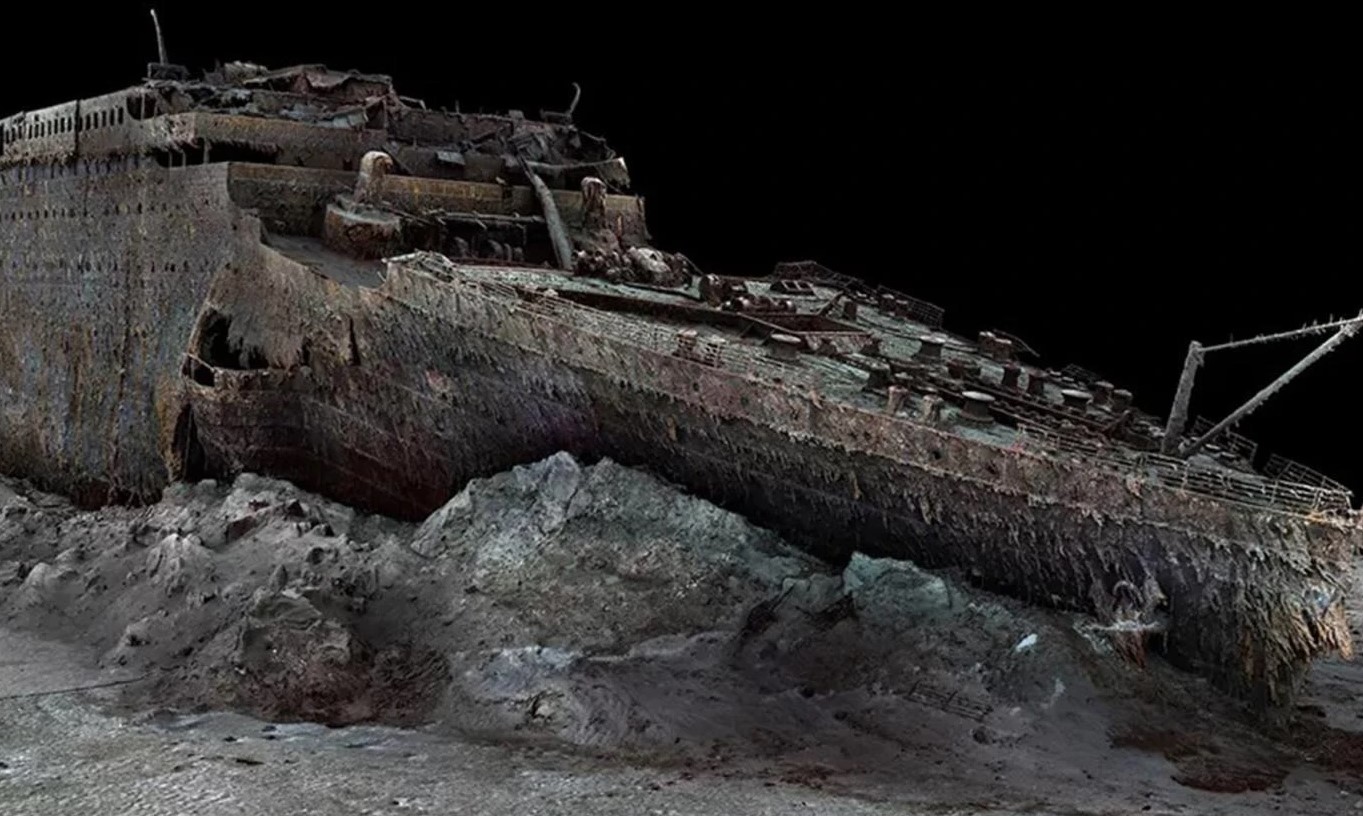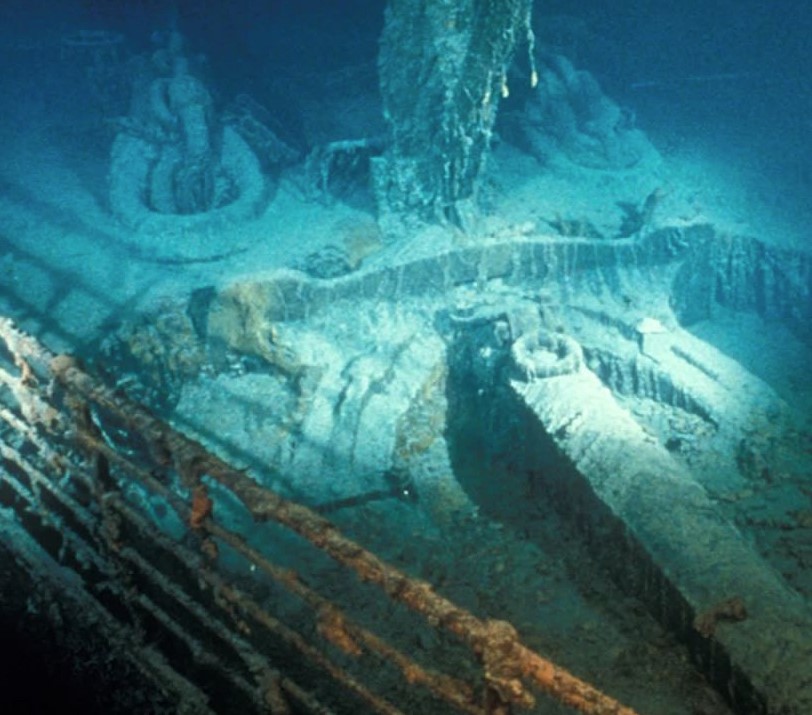In the fateful year of 1912, the majestic Titanic collided with an iceberg, its steel hull was pierced, setting in motion a sequence of events that would forever be etched in history, which led to 1,517 deaths.
However, their missing remains have still a secret for many years, and now the real reason behind the absence of human remains in the sunken ship is finally being understood.

The mysterious disappearance of human remains in Titanic wreckage
The absence of human remains in the wreckage of the Titanic has puzzled many, considering the tragic fate of those onboard.
Unlike other wrecks, such as the one in Chuuk Lagoon, where human remains are present, the Titanic presents a unique set of circumstances.

Many of those who perished in the disaster were trapped inside the ship, making it improbable for their remains to be scattered by currents or scavengers.
One crucial factor contributing to the absence of bodies lies in the depth at which the Titanic rests.
The wreckage sits at a staggering 3,800 meters below the surface, in the depths of the Atlantic Ocean. This extreme depth has significant implications for the preservation of human remains.

Unravel the reason behind the disappearance of human remains in Titanic wreckage
Deep-sea explorer Robert Ballard, who discovered the Titanic's wreck in 1985, sheds light on this phenomenon.
Besides the presence of animals and bone-dissolving bacteria, the absence of skeletal remains in the Titanic wreckage holds another profound explanation.
He explains that beyond a certain depth, the chemical composition of the seawater changes, specifically its saturation of calcium carbonate. This change causes the water at such depths to dissolve bones, leaving little to no trace of human remains.

"The water in the deep sea is under-saturated in calcium carbonate, which is mostly, you know, what bones are made of.
"For example, on the Titanic and the Bismarck, those ships are below the calcium carbonate compensation depth, so once the critters eat their flesh and expose the bones, the bones dissolve.
"Now in the Black Sea, because there are no critters to eat, the bones should not be exposed. So you should have perfectly mummified fossils."






